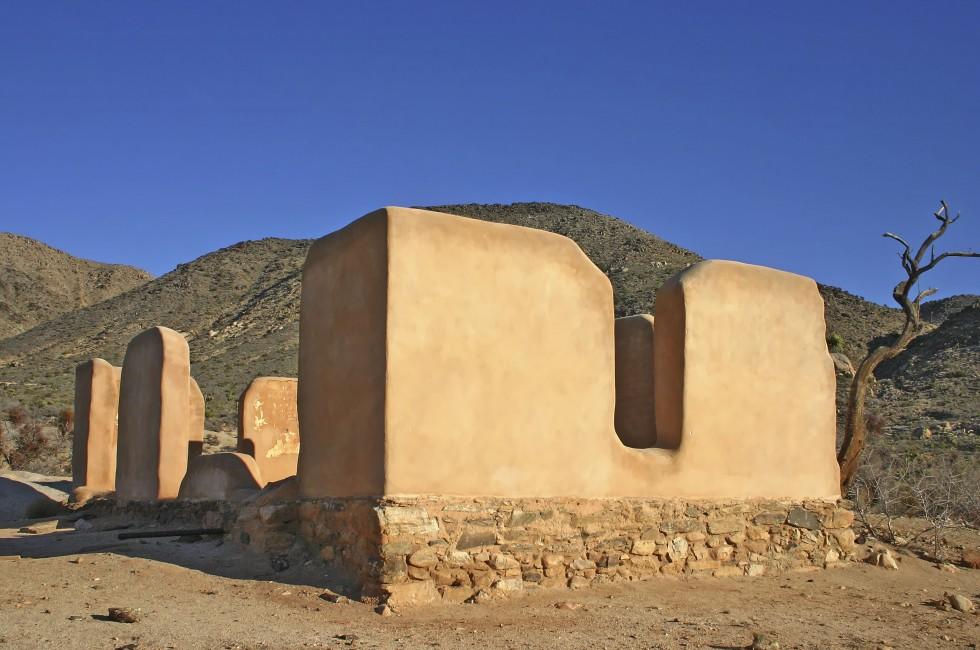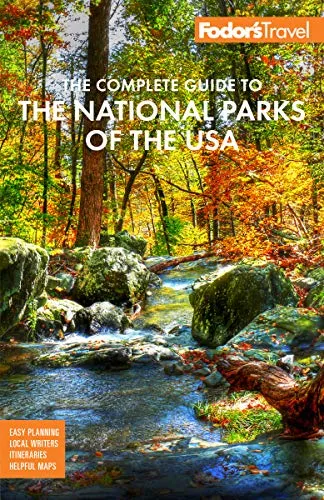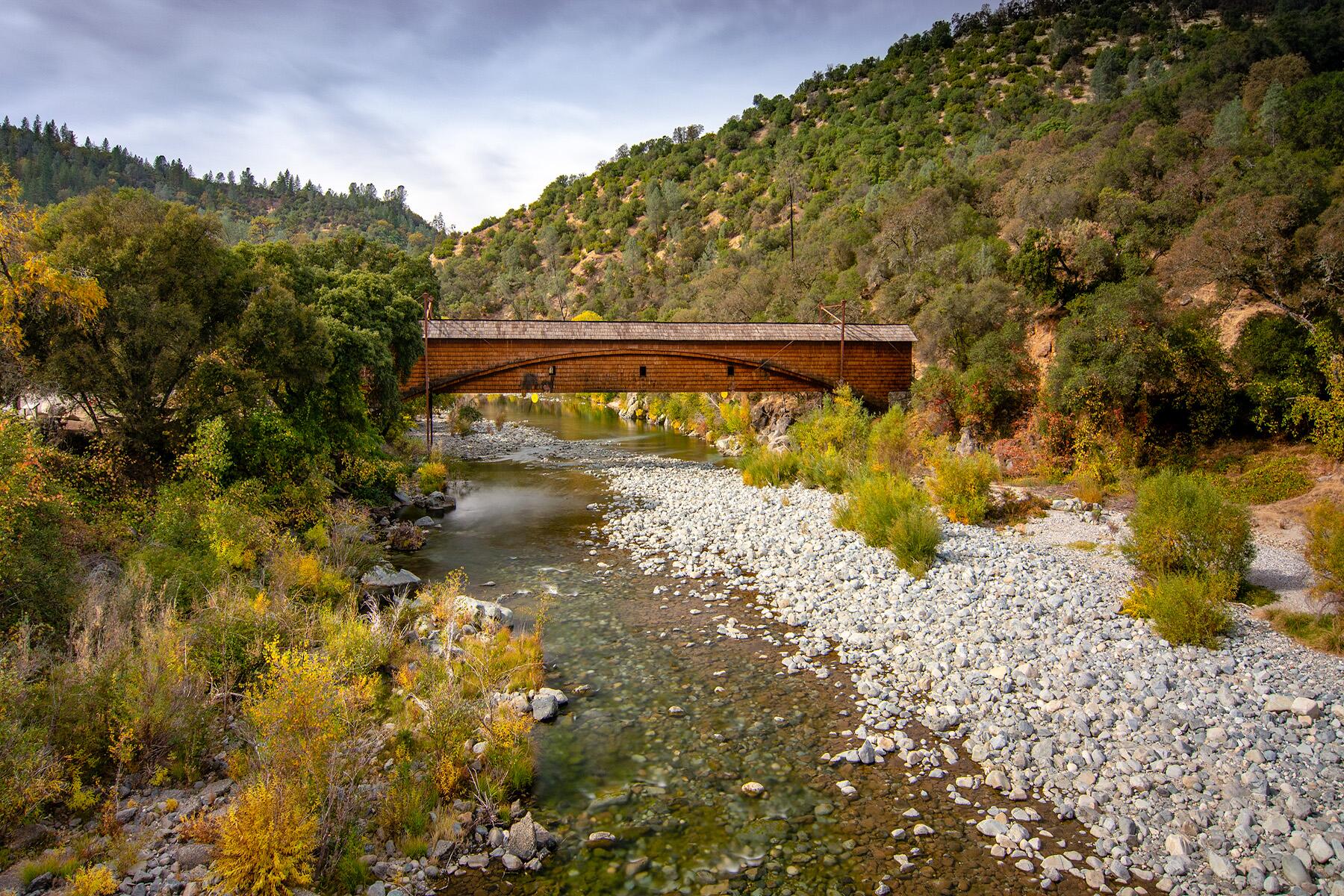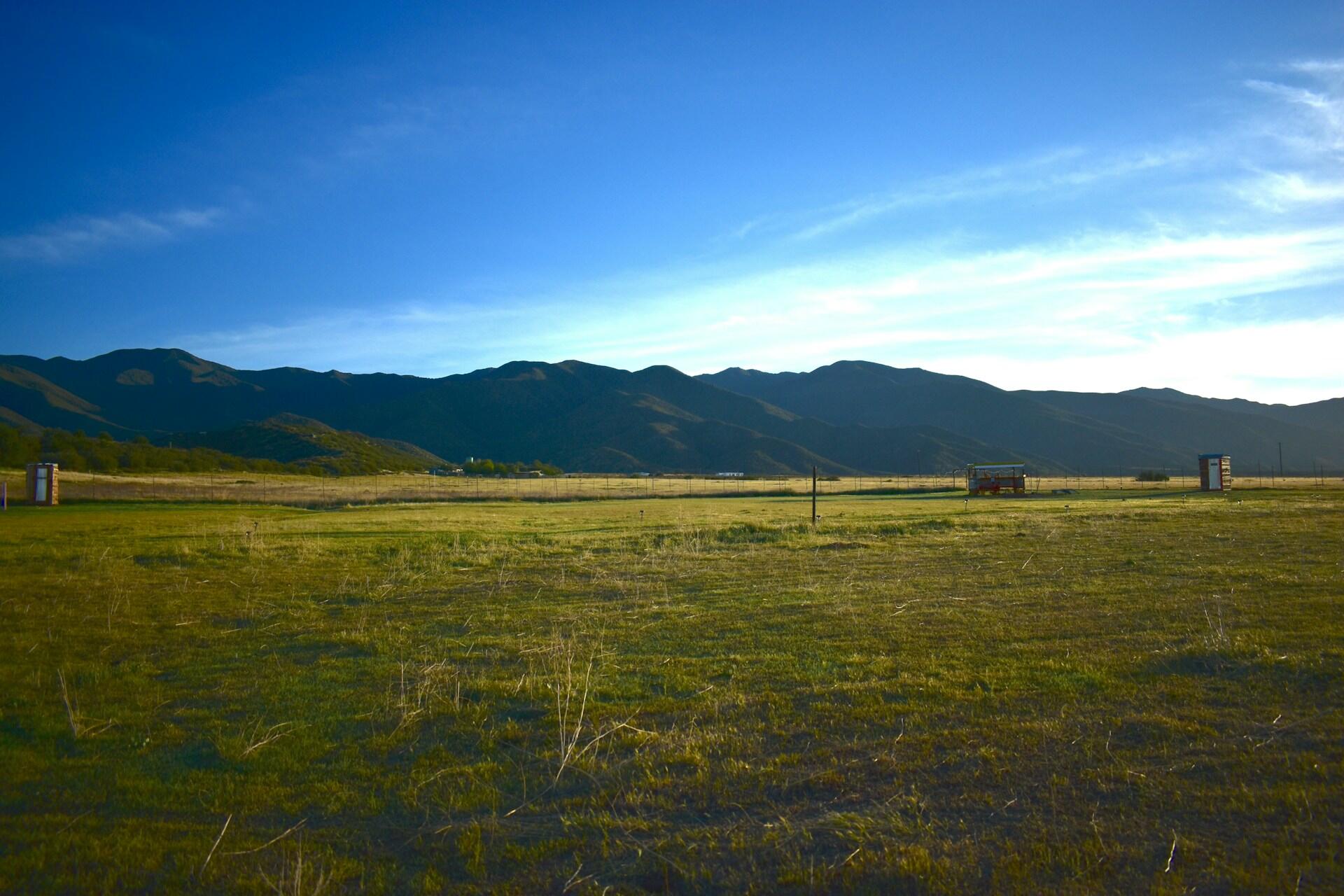Joshua Tree National Park
Joshua Tree National Park
Joshua Tree teems with fascinating landscapes and life-forms, including its namesake trees. Dagger-like tufts grace the branches of the Yucca brevifolia, which grows in vast stands in the park’s western reaches. Nearly 3 million people visit the park annually, but it’s mysteriously quiet at dawn and dusk.
The park occupies a remote area in southeastern California, where two distinct ecosystems meet: the arid Mojave Desert and the sparsely vegetated Colorado Desert—part of the Sonoran Desert, which stretches across California, Arizona, and northern Mexico. Humans have inhabited the area for at least 5,000 years, starting with the Pinto and other Native American cultures. Cattlemen, miners, and homesteaders arrived in the 1800s and early 1900s. By the 1920s, new roads lured develop...
Read MoreJoshua Tree teems with fascinating landscapes and life-forms, including its namesake trees. Dagger-like tufts grace the branches of the Yucca brevifolia, which grows in vast stands in the park’s western reaches. Nearly 3 million people visit the park annually, but it’s mysteriously quiet at dawn and dusk.
The park occupies a remote area in southeastern California, where two distinct ecosystems meet: the arid Mojave Desert and the sparsely vegetated Colorado Desert—part of the Sonoran Desert, which stretches across California, Arizona, and northern Mexico. Humans have inhabited the area for at least 5,000 years, starting with the Pinto and other Native American cultures. Cattlemen, miners, and homesteaders arrived in the 1800s and early 1900s. By the 1920s, new roads lured developers and others. Pasadena resident and plant enthusiast Minerva Hoyt visited the desert often and witnessed reckless poaching and pillaging of cacti and other plants. She spearheaded studies to prove the value of regional plants and wildlife. Thanks to her dedicated efforts, Joshua Tree National Monument (825,000 acres) was established in 1936.
The 29 Palms Corporation deeded part of the historic Oasis of Mara to the National Park Service in 1950, and the monument became an official national park on October 31, 1994. Today the park encompasses about 800,000 acres (nearly 600,000 is designated wilderness). Elevation ranges from 536 feet to the peak of 5,814-foot Quail Mountain. The diverse habitats within the park protect more than 800 plant, 250 bird, and 57 mammal species, including the desert bighorn sheep and 46 reptile species, such as the endangered desert tortoise. The park also preserves numerous archaeological sites and historic structures.
You can experience Joshua Tree National Park on several levels. Even on a short excursion along Park Boulevard between the Joshua Tree entrance station and Oasis of Mara, you'll see the essence of North American desert scenery—including a staggering abundance of flora along a dozen self-guided nature trails. You'll also see remnants of homesteads from a century ago, now mostly abandoned and wind-worn. If rock climbing is your passion, this is the place for you: boulder-strewn mountaintops and slopes beckon. Nightfall brings opportunities for stellar stargazing—Joshua Tree was designated an official International Dark Sky Park in 2017. Though trails are closed after sunset, you can park at any of the road pullouts and check out the sparkling shows above. Joshua Tree National Park is a pristine wilderness where you can enjoy a solitary stroll along a trail and commune with nature. Be sure to take some time to explore on your own and enjoy the peace and quiet.








